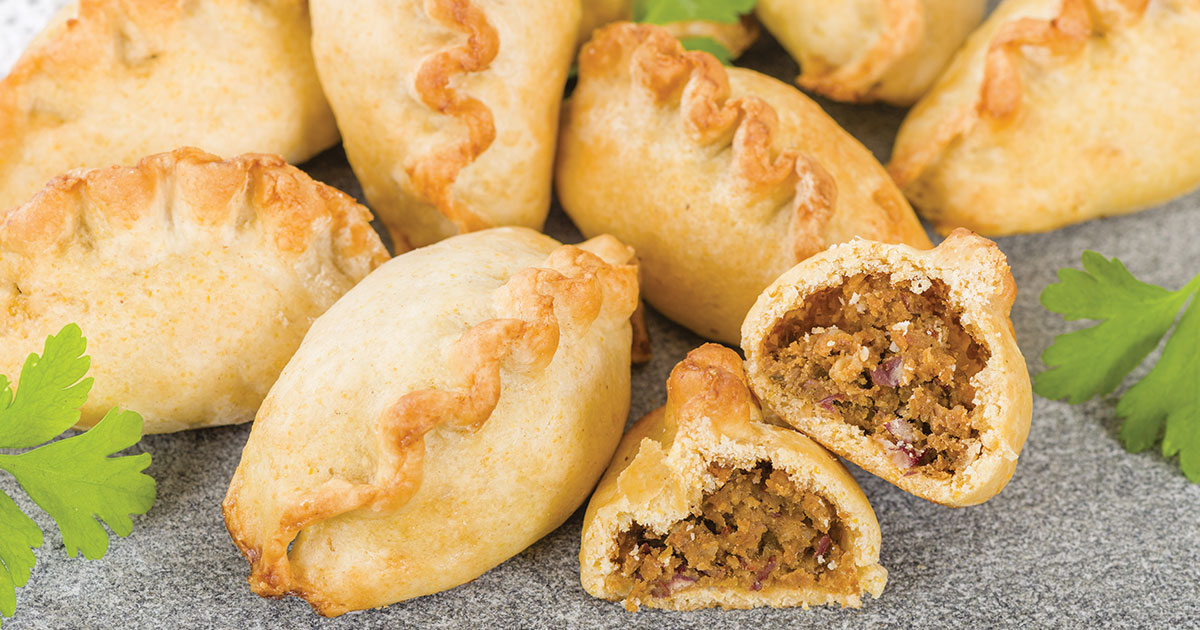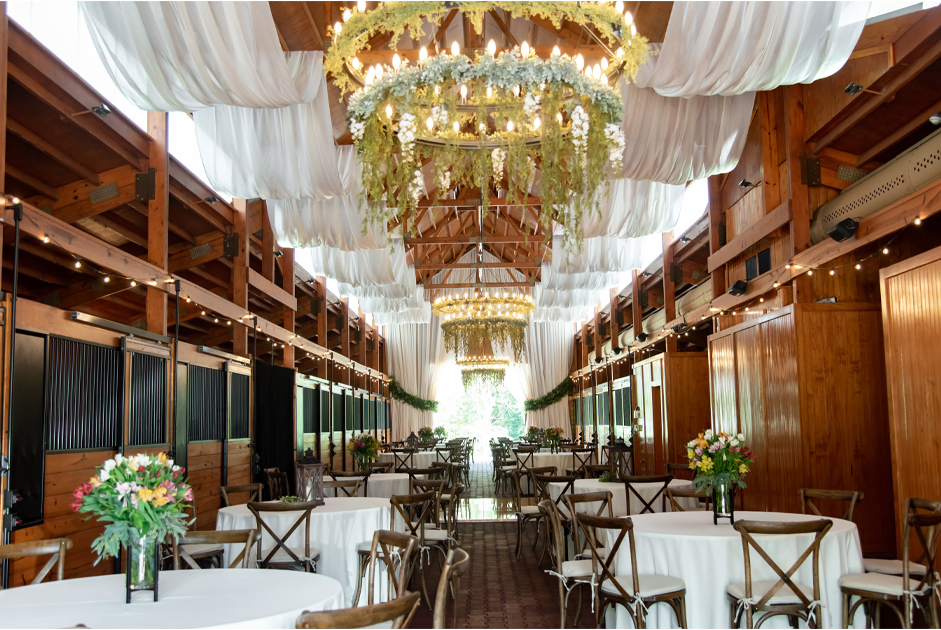Say the word highlanders and the majority of people will know you mean Scottish folk. Tracing back to the eighteenth century, the largest concentration of immigrant Scots relocated to the mountains of North Carolina. At that time, the treacherous, wilderness territory with ample rains, mountains, and beautiful vistas could rival the homeland, at least in some aspects. The hog and hominy diet comprised of the simplistic and inexpensive fare of pork and corn-based meals. Call it comfort food or a treasured-dish not typically found today. Scottish fare is not a new concoction. Many of the meals, desserts, and appetizers comprise similar ingredients with a unique name. Whether you dine in a Scottish-themed restaurant or visit the annual gatherings of the Highland Games, you’ll certainly find amazing flavors, great spices, and a feeling of comfort will with every bite.
Bridies
Typically, bridies were a traveling food comprised of a flaky pastry, either formed in a semi-circle or triangular, and filled with beef and onions. The name Bridie derived from a traveling food seller named Maggie Bridie, who was the first to sell hot, savory pies.
Ragoo’d Pork
During the 18thcentury, every person consumed at least five pounds of pork for every pound of beef. One meal called “Ragoo,” made from boneless pork shoulder, added spices to mean, “revive the taste.”
Recipe: Using four pounds of boneless pork shoulder, cut into six pieces. Dredge in flour, salt, and pepper mixture and fry in butter until brown on-all-sides; then, tie two bay leaves, one sprig of rosemary, two thyme springs, and two thin strips of lemon zest into cheesecloth and tie with a string. Returning to the resting pork shoulder, sauté one large sliced onion. Add one tablespoon tomato paste, stir, and one cup of red wine. After a minute, add one cup chicken stock, three cloves of garlic, and one tablespoon of Worcestershire sauce. Once the concoction boils, add the Bouquet Garni. Reduce to low heat, cover with a lid, and allow to simmer for three hours. Afterward, discard the cheesecloth bundle, skim the clear fat from the surface, and set a plate to serve.
Scotch Eggs: Oddly enough, Scotch eggs have nothing to do with Scottish fare or Scotland, but their nutritional value and portability aided their arrival as an economical and straightforward lunch derived from leftovers. By the 18thcentury, Scottish folk ate the British, or perhaps Indian, inspired treat. Similar to the meat-pastry or Bridie, the Scotch egg consists of a hard-boiled egg, wrapped in sausage meat, coated in bread crumbs, and either deep-fried or baked. Ah, and do not forget to add a pinch of cayenne pepper! Delicious!
Shepherd’s Pie
Before the well-known classic meal Shepherd’s pie arrived in the early 18thcentury, the most affordable crop of the cottage folk was potatoes and beef. While the recipe has many variations, the ingredients offer a delicious flavoring of meat, spices, and vegetables covered with mashed potatoes. A meal that well-defined comfort!
Join the Scots July 11th-14th
The traditional pilgrimage to the mountains near Linville, North Carolina to reconnect with kith and kin occurs every second Thursday through Sunday in July at MacRae Field on Grandfather Mountain. The annual pilgrimage begins Thursday night with the bagpiper’s calling of the clans to allow the gathering to begin! Generations of families attend the Scottish Highland Games to promote the tradition of culture. While there are impressive athletic competitions, opportunities to experience traditional dancing, piping, and drumming, and to experience a wide range of traditional Scottish fare, the Scottish Highland Games emphasizes the belief that today’s children are tomorrow’s future!



















